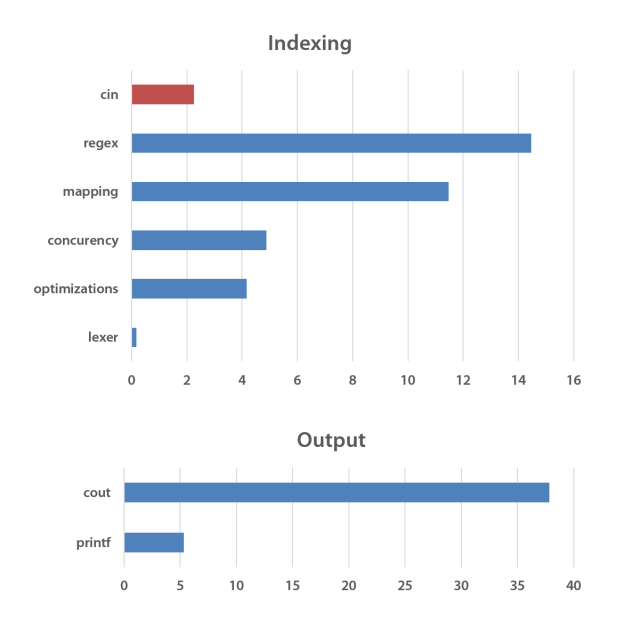A function to visit nodes of a graph with C++14--Adrien Hamelin
Some thoughts about how to visit nodes of a graph:
A function to visit nodes of a graph with C++14
by Adrien Hamelin
From the article:
Visiting a graph is something useful. [...] A classical way to do that is to implement the visitor pattern. [...] it requires to create a Visitor class and to modify each of the possibly visited class to add a virtual accept function. [...] It works well, but surely we can do better...

 [For your winter reading pleasure, we're pleased to present this three-part series of new material by Bjarne Stroustrup.
[For your winter reading pleasure, we're pleased to present this three-part series of new material by Bjarne Stroustrup. 
 To use or not to use
To use or not to use  A short article about two error-detection features in GCC:
A short article about two error-detection features in GCC: